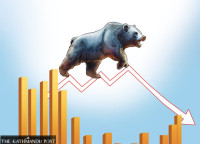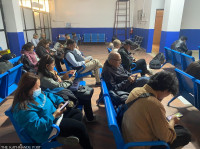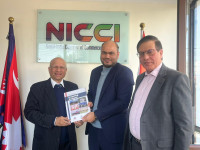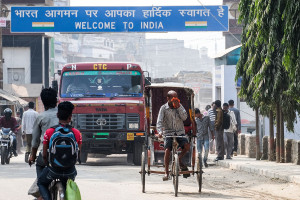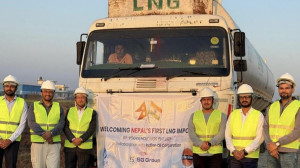Money
Ginger farmers rue sharp decline in sales
Ginger farmers in the district have complained about a sharp decline in sales of the spice due to oversupply.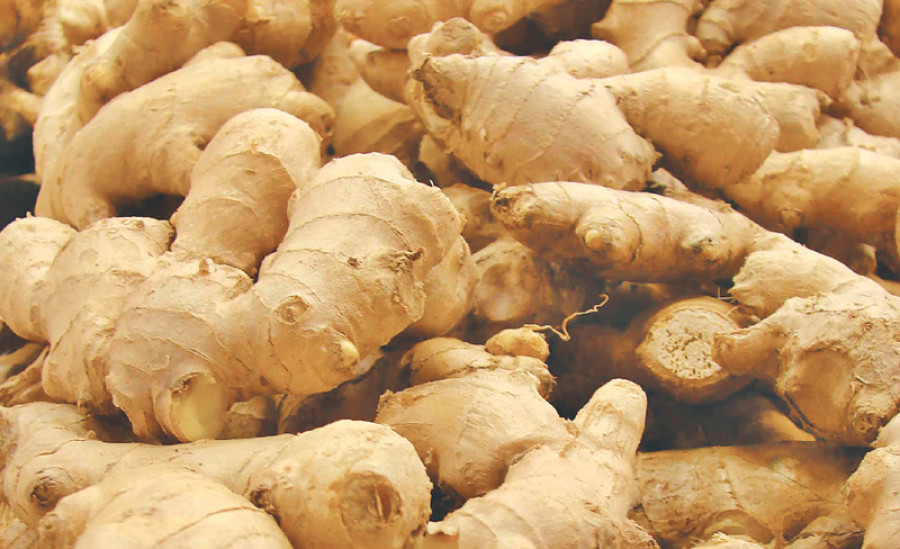
Nabin Poudel
Ginger farmers in the district have complained about a sharp decline in sales of the spice due to oversupply.
The planting season will start in a few days, but the farmers have not been able to sell last year’s harvest, they said, adding they were now considering quitting ginger farming.
Laxman Saru of Dhaubadi, who has been involved in ginger farming for the past several years, said the situation was a result of oversupply. “In the past, ginger production was low and market was not our concern. Traders used visit our doorsteps to buy the spice,” he said. “This led to a large number people starting commercial farming of ginger, boosting production.”
Most of the district’s ginger harvests are exported to India. But last year, India restricted entry of Nepali ginger citing pesticide contamination. As a result, the price went down to as low as Rs25 per kg from Rs40 per kg.
“Now, middlemen are trying to reap undue benefits, saying ginger cannot be exported to India,” said Saru. “They are trying to dictate the price of the high-value spice.”
Shrikanta Ghimire, an official of the District Agriculture Office, said the district produced an estimated 11,500 tonnes of ginger last year.
Jaubari, Arkhala, Bharatipur, Mithukaram, Ruchang, Rakuwa, Bulingtar, Ratanpur, Hupsikot, Dhurkot and Dhaubhadi are key ginger producing areas in the district. The spice is cultivated on 1,300 hectares of land in the district.
Ginger produced in the highlands of Nawalparasi is organic, said Ghimire. “If quality is assured by having it certified by a test lab, there is huge potential for exporting the spice to third countries directly,” he said.
Nepal is the world’s third largest ginger producer after China and India. In 2012-13, Nepal’s total ginger production reached 235,000 tonnes, out of which about 60 percent was exported. India is the main export market for Nepali ginger. The southern neighbour buys around 94 percent of Nepal’s fresh ginger and 6 percent of processed product.
According to Nepal Ginger Profile 2016, which was produced jointly by UK Aid-funded Samarth-Nepal Market Development Programme and the Nepal Ginger Producers and Traders Association, the spice has a huge overseas trading potential if substantial improvements can be made in yield, quality and volume by investing more on research and development.
Even without a substantial improvement in quality, small trading hubs in India will continue to be major markets for local ginger, said the research report.




 10.12°C Kathmandu
10.12°C Kathmandu
